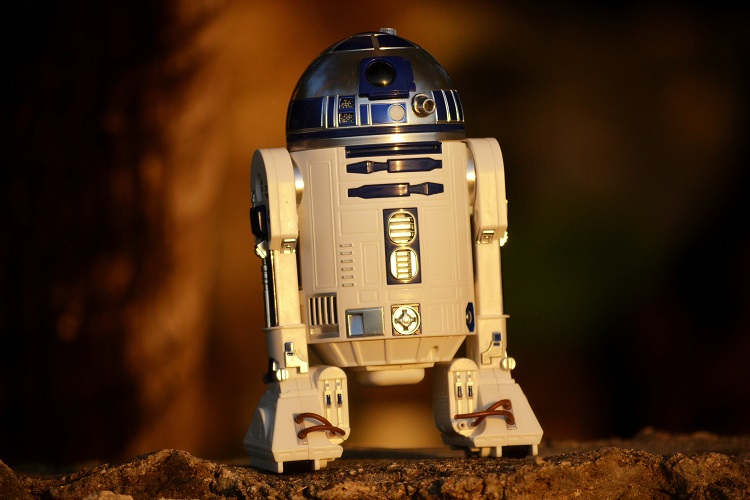Solution Overview
Based on TOF (Time-of-Flight) 3D depth sensing technology,
this solution provides robots and automation systems with
volumetric measurement, spatial measurement, distance perception,
and 3D positioning capabilities.
Through a standard USB interface, the system connects to
industrial PCs or embedded platforms and is well suited for integration into
industrial robots, logistics systems, intelligent terminals,
and automated production lines,
enabling customers to accelerate engineering deployment.
Volumetric Measurement Application Demonstration
Core Application Capabilities
Volumetric Measurement & Dimension Inspection:
Using TOF depth data, the system measures object
length, width, height, and volume in real time,
making it ideal for logistics sorting, parcel billing,
and automated inspection scenarios.
Distance Perception & Safe Obstacle Avoidance:
Robots continuously acquire 3D distance information of the surrounding environment,
supporting path planning, obstacle avoidance, and operational safety.
3D Positioning & Spatial Modeling:
Depth point cloud data enables accurate spatial localization of target objects,
providing reliable 3D input for robotic grasping, placement, and alignment tasks.
Engineering-Grade Integration:
Standard USB connectivity and structured data output formats
allow seamless integration with existing industrial PCs,
embedded controllers, and host software systems.
Key Advantages
- TOF-based depth sensing with low sensitivity to ambient lighting
- Plug-and-play USB deployment with low system integration cost
- Optimized for indoor industrial and semi-structured environments
- Supports engineering customization and algorithm co-development
Recommended Related Products
- CS20 TOF Depth Camera (USB, optimized for volumetric measurement)
- CS30 TOF Depth Camera (engineering validation & algorithm development)
- System-level TOF Solutions (algorithms + embedded deployment)
